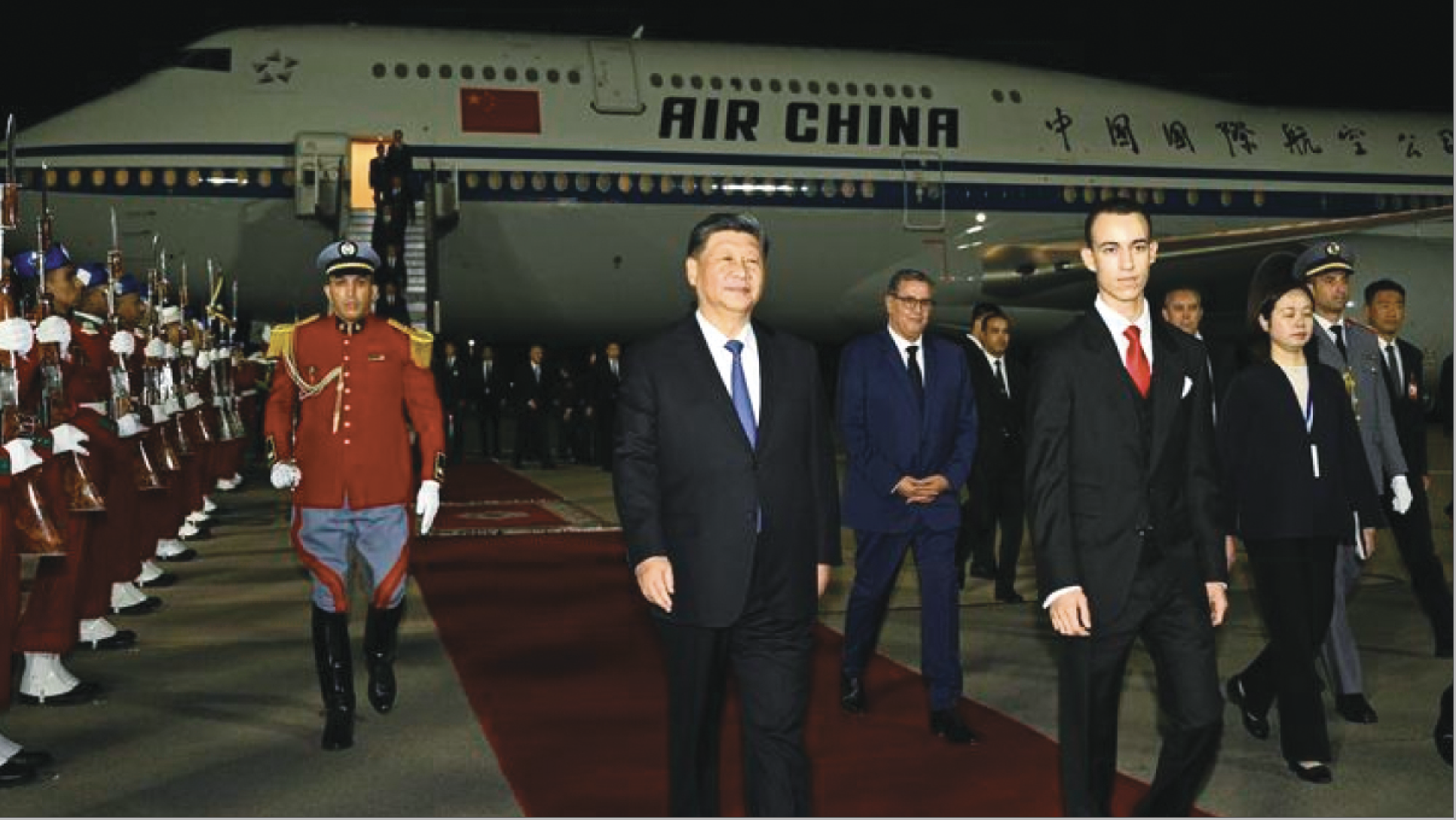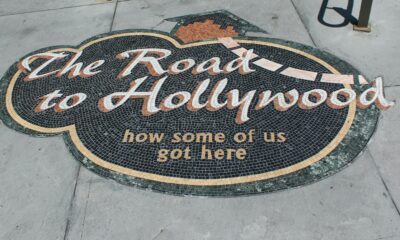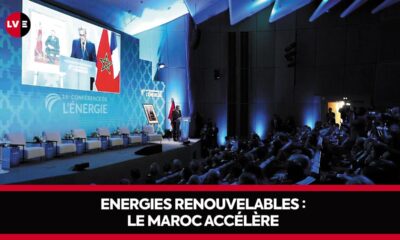Kingdom
Energy, Trade, Industry – Morocco, the World’s New Economic Crossroads
The Kingdom stands at the intersection of several economic and energy corridors connecting the four corners of the globe. This is not a coincidence. While geography certainly factors in, it is primarily the outcome of the Kingdom’s policy of embracing openness and broadening partnerships

Morocco has never carried its name as the “crossroads of international trade” as accurately as it does now. The Kingdom finds itself today at the intersection of three important global strategic corridors: two energy corridors and one regional economic corridor.
Indeed, as time goes by, the puzzle is being put together, placing the Kingdom at the heart of regional geostrategic developments. The Chinese president’s brief visit to the Kingdom, or in diplomatic terminology, a “technical stop-over,” attests to this.
The technical stopover was widely covered by the Chinese media. “Xi Jinping emphasized that relations between China and Morocco are expanding successfully, with pragmatic and fruitful cooperation as well as increasingly dynamic exchanges in a range of fields,” reported the official Xinhua news agency.
“Following the election of the new president of the United States, China is seizing every opportunity to improve its relations with other countries,” comments another media outlet in China. “Xi visited Morocco to promote cooperation within the framework of the ‘Belt and Road’ initiative and to achieve more results.”
Morocco and Europe have signed a Free Trade Agreement and are seen as China’s gateway to the European market,” reports another media outlet. The Chinese president, accompanied by a strong delegation, arrived in Casablanca on the evening of Thursday, November 21, where he was welcomed—on the instructions of the Sovereign—by Crown Prince Moulay El Hassan and the head of government, Aziz Akhannouch.
A week earlier, the Chinese president had inaugurated a deepwater megaport in the north of Lima, the largest in South America. Built and operated for the next 30 years by the state-owned Chinese maritime transport company Cosco Shipping, the world’s fourth-largest company in the sector, this port is seen as a new trading post in China’s ‘Belt and Road’ initiative, of which Morocco was the first African country to join in January 2022.
It should be remembered that earlier this year, this same company launched a new subsidiary in Casablanca to connect North Africa with the rest of the world. The initiative is part of a broader strategy called ‘Big Corridor and 3 Networks,’ aiming to connect Europe to other continents through maritime and rail transport, as well as a network of storage and distribution.
Between two global powers
Basically, there are three ports: the first on the verge of reaching a global scale, the second recently completed, and the third under construction. It is not difficult to understand the significance of this official visit, which many observers agree will be a prelude to very important decisions.
It’s no secret that over the past few years, China has stepped up its investment in Morocco, particularly in the automotive sector, renewable energies, and green mobility. Chinese companies are also involved in infrastructure development in our country, such as the Kénitra-Marrakech high-speed rail line.
Moreover, ports such as Tangier Med, Nador West Med, and Dakhla Atlantique—serving the Mediterranean region, Western Europe, West Africa, and the eastern side of the Americas—will be a strategic asset for the world’s second-largest economy (for which they are priority markets), actively securing them in anticipation of the arrival of the newly elected US president on 20 January.
The re-election of president Trump would certainly imply an ending to the Middle East conflict. The president-elect has always favored peace conducive to American trade and prosperity. The return of peace in this region will undoubtedly accelerate a project launched just over a year ago and abruptly halted by the October 7 attack: the IMEC project (India-Middle-East-Europe Corridor).
As some analysts have pointed out, before its announcement at the G20 Summit in 2023, “IMEC was originally conceived at the White House as a tool serving two objectives,” as highlighted in a recent analysis by the Montaigne Institute.
According to the Paris-based French think tank, which was set up in 2000, the first aim of the project is to “consolidate the normalization of relations between Israel and the Gulf countries, which began with the Abraham Accords of 2020”. Secondly, and beyond this regional aspect, its initiators consider it important to “propose a geoeconomic project for the Eurasian zone that serves as an alternative to the Chinese Silk Road.”
Therefore, the initiative falls within the logic of “renewed American initiative in infrastructure, through the creation of new instruments like the International Development Finance Corporation or the Partnership for Global Infrastructure and Investment.”
It is worth mentioning that the US International Development Finance Corporation (DFC), an institution intervening in development projects in low and middle-income countries, particularly in energy, sanitation, infrastructure, health, or technology sectors, is preparing to open a regional office in Rabat, as well as in Abidjan and Nairobi—regions where China has a strong economic presence.
Phase of implementation
While the Chinese side emphasizes Morocco’s facilitated access to the markets of Western Europe and North America for the future Trump administration, the Kingdom serves as the gateway to a market of 1.2 billion consumers, encompassing Africa and the European Union.
For both powers, relations with the Kingdom are strategically essential, as it is the center of three other initiatives of its own creation. The Sahel Atlantic initiative is not only an economic corridor giving the four countries of the region access to the Atlantic, it also represents an opportunity for their economic partners—China first and foremost, but other countries as well—to gain access to strategic raw materials, including energy (such as uranium), at lower cost.
The integration project around the Nigeria-Morocco gas pipeline, rightly renamed the Africa-Atlantic Gas Pipeline, provides energy access to a dozen countries for development, while supplying EU countries with gas and, in the very near future, green hydrogen.
The very broad South Atlantic initiative is designed to create commercial communication channels between West African and Latin American countries, while encompassing certain European and North American countries.
Given that Morocco has long embraced multilateralism as a doctrine in its international relations, its association agreement with the EU—now requiring more concrete action than mere goodwill announcements—makes it a gateway to Africa and offers a direct corridor towards the deeper parts of the continent.
The strategic agreements signed with Russia, which is seeking to establish deeper roots in Africa, with India, promoter of the IMEC, and with Brazil, a country open to greater South-South cooperation within the framework of the South Atlantic initiative, among other countries, have made the Kingdom a major hub for global trade.













